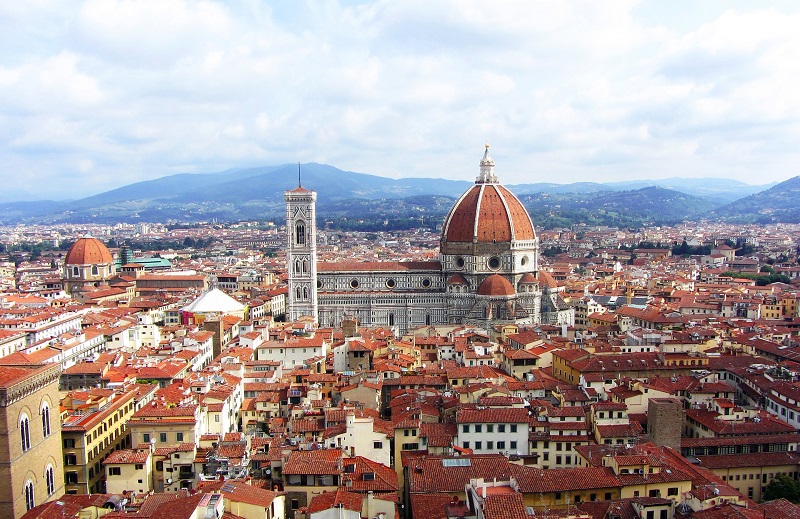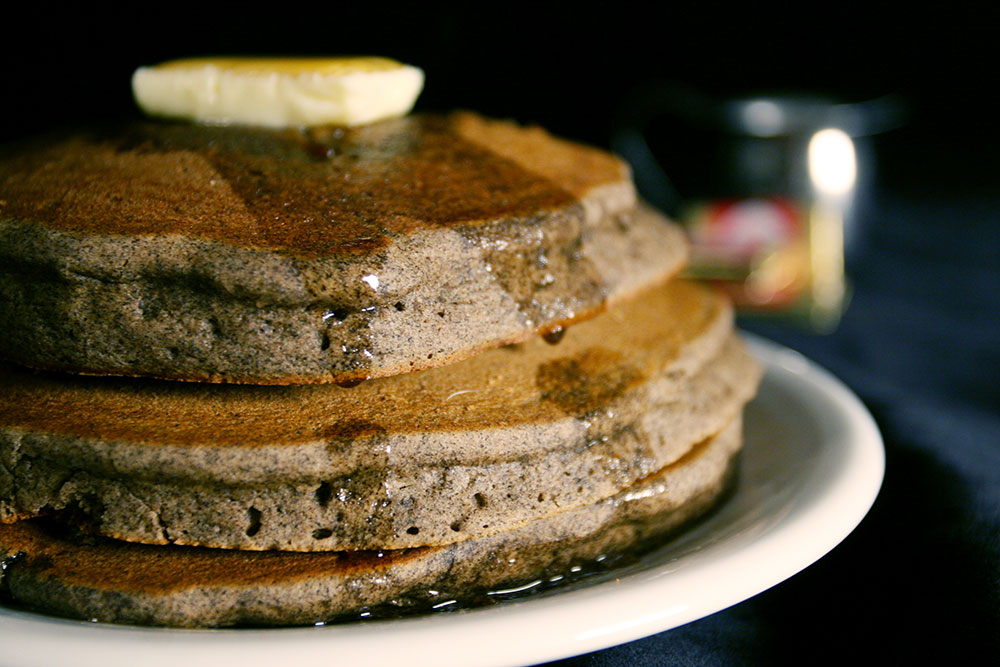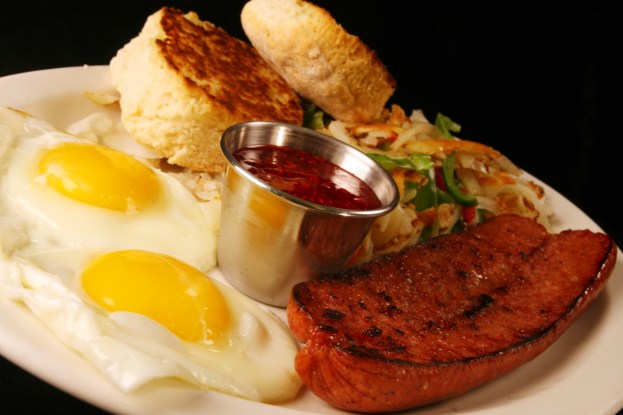Most types of European breakfast is much different than the typical American breakfast. While we are admonished that “breakfast is the most important meal of the day” – an invention of the Kellogg’s cereal company – cold cereal or meat-and-egg based dishes are much more of a New World invention.

Brief History of The Traditional European Breakfast
Traditional European breakfast foods have changed a lot over the course of history, from the Greek and Roman breakfast foods to modern dishes such as crepes, rich breads and quality jams and much more.
History of Greek and Roman Breakfast
Greek and Roman breakfast dishes weren’t as common as eating breakfast is today, as it wasn’t eaten necessarily everyday and not by all people. Neolithic peoples would often eat little more than a simple porridge of ground grains.
In ancient Egypt, breakfast for peasants typically consisted of bread, beer and onions – staple foods of the working poor and slaves that toiled for the Pharoahs.

Ancient Greeks would eat a morning meal they called “ariston” or “akratisma.” In either case, they were meals eaten after rising and before commencing work. There were various foods consumed in these meals, but most were rather simple. For instance, a popular dish for akratisma would be barley bread dipped in wine, or pancakes from spelt flour. Figs and olives were popular accompaniments.
A recipe for pancakes was mentioned by Athenaeus of Naucratis, a Greek writer from the 3rd Century AD, which consisted of pancakes, sesame, and cheese.
Roman breakfast was often a simple affair. Their breakfasts, called “jentaculum” or “ientaculum” (Latin has no “J;” it sounds like a “ya”) were mostly simple common staples such as bread, cheese, olives, nuts, cold meats from the previous night’s dinner and possibly a salad of sorts. A wine-based cocktail called “mulsum,” made with wine, honey, and spices was a common breakfast drink. The Legions, however, would usually have a porridge of spelt-wheat or barley.
European Breakfast Wasn’t A Staple Overnight

What we would recognize as a European breakfast didn’t happen overnight. In fact, eating breakfast was proscribed against for most people by the religious authorities of the day until almost the Renaissance; it was mostly reserved for children, old people and laborers. Only the weak or those engaged in back-breaking work were thought to need it. As a result, most people didn’t eat until lunch.
By the Middle ages, most breakfasts if eaten were typically little more than a bit of bread, cheese and small beer – a low-alcohol beer not dissimilar to today’s pale American “Light” lagers.
However, things began to change, and by 1600, breakfast was considered an important part of the day. The introduction of caffeinated beverages like tea and coffee for breakfast staples also occurred around this time.
Around the late Renaissance/early Classical period, breakfast often included cold meat, bread and beer in many countries. Pastries and sweet fruits also became popular breakfast items around this time, such as in Austria where the croissant was invented in the 1680s.
From Historical to Modern European Breakfasts

While Europe has a shared history and its own distinct palette, it would be unfair to each culture’s cuisine not to specify their own way of the European breakfast. Every country in that continent has its own lineage of cuisine and when enjoying a European breakfast in the U.S., it can be quite a pleasure to taste that history with every bite. As you can see, European breakfast has molded and changed over time. From next to nothing to the modern buffet we enjoy today.
Modern European breakfasts are varied, as each country has its own unique take on the first meal of the day.
French breakfast, as well as other countries, often consist of little more than bread or pastries with butter or sweet toppings. German breakfasts have often been cold cuts, breads, sweet fruits and so on.
The English breakfast is a much different animal today than the cold meat, beer and bread of the middle ages. The Full English consists of hashbrowns, omelets, fried tomatoes, baked beans, sausage, bacon and toast; certainly, a hearty meal to start the day with…or take the edge of the previous night.
However, typical European breakfast dishes such as crepes, waffles, pancakes and pastries with sweet toppings are an excellent way to start the day, as they are quite pleasing to the palate. While typically associated with the first meal of the day, they’re actually great any time!
If you are in the area and searching for a great breakfast in Post Falls, please stop on in. You won’t be disappointed.


